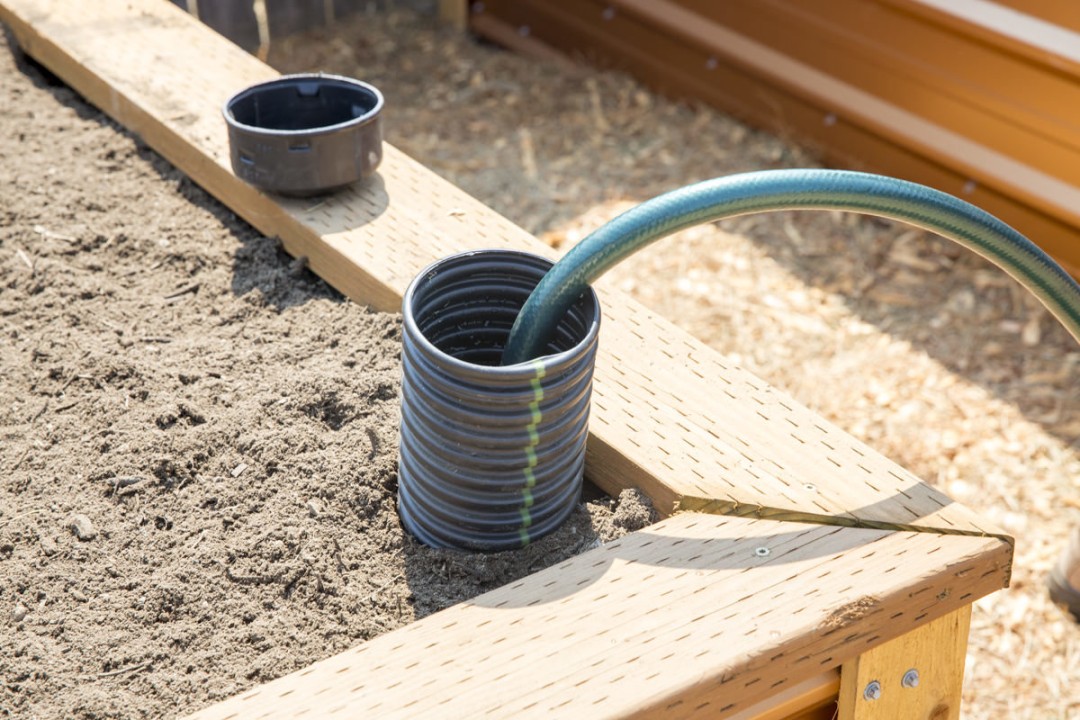Self-Watering Raised Bed: A Gardener’s Dream
A self-watering raised bed is a gardening innovation that offers numerous benefits for both novice and experienced gardeners. By incorporating a water reservoir and a wicking system, this type of raised bed ensures consistent moisture delivery to plants, minimizing the need for frequent watering. This article delves into the advantages, construction, and maintenance of self-watering raised beds.
The Advantages of Self-Watering Raised Beds
Self-watering raised beds provide several advantages that make them a popular choice among gardeners. Firstly, they promote healthier plant growth by providing consistent moisture, preventing root rot and wilting. Secondly, they significantly reduce the time and effort required for watering, particularly during dry spells. Thirdly, they are ideal for gardeners with busy schedules or limited water access. Lastly, they can help conserve water by minimizing evaporation and runoff.
Construction of a Self-Watering Raised Bed
Constructing a self-watering raised bed involves several key steps. First, choose a suitable location for the bed, ensuring it receives adequate sunlight. Next, assemble the raised bed frame using durable materials like wood or metal. Then, create a water reservoir at the bottom of the bed using a plastic container or liner. Install a wicking system, such as strips of cloth or rope, to transport water from the reservoir to the soil. Finally, fill the bed with a well-draining potting mix and plant your desired vegetables, herbs, or flowers.
Maintaining a Self-Watering Raised Bed
Maintaining a self-watering raised bed is relatively straightforward. Regularly monitor the water level in the reservoir and refill it as needed. Check the wicking system to ensure it is functioning properly and replace it if necessary. Keep an eye on the soil moisture levels and adjust the water level accordingly. Fertilize the plants as required, following the specific needs of each plant species. Additionally, weed the bed regularly to prevent competition for nutrients and water.
Tips for Successful Self-Watering Raised Bed Gardening
To maximize the benefits of a self-watering raised bed, consider the following tips:
Choose plants that are well-suited for container gardening.
Use a high-quality potting mix that retains moisture but drains well.
Mulch the surface of the bed to help retain moisture and suppress weeds.
Monitor the pH level of the soil and adjust it as needed.
Protect the bed from extreme weather conditions, such as frost and intense heat.
Conclusion
Self-watering raised beds offer a convenient and efficient solution for gardeners seeking to optimize their plant care. By providing consistent moisture and reducing the need for frequent watering, these beds promote healthier plant growth and save time and effort. With proper construction and maintenance, a self-watering raised bed can enhance your gardening experience and yield bountiful harvests.

